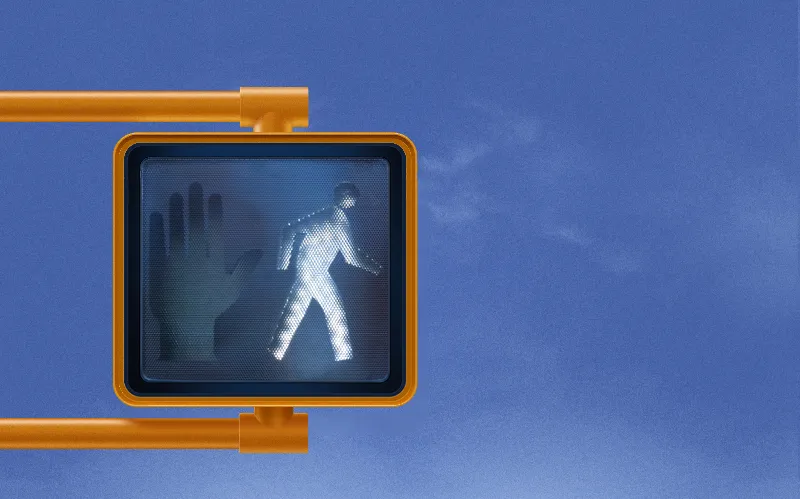Following a successful trial, Wellington City Council, New Zealand, in partnership with Smart Parking is set to launch Sector 1 of the city’s smart parking system.
Approximately 900 infrared parking sensors will be installed in the sector, with a further three sectors and over 2,580 sensors to be rolled out before Christmas, making it the largest deployment of the technology in Asia Pacific.
The new technology enables drivers to download the free PayMyPark app which allows them to pay for parking stra
August 9, 2016
Read time: 2 mins
Following a successful trial, Wellington City Council, New Zealand, in partnership with 8034 Smart Parking is set to launch Sector 1 of the city’s smart parking system.
Approximately 900 infrared parking sensors will be installed in the sector, with a further three sectors and over 2,580 sensors to be rolled out before Christmas, making it the largest deployment of the technology in Asia Pacific.
The new technology enables drivers to download the free PayMyPark app which allows them to pay for parking straight from their smartphone device and extend the time remotely. Smart Parking’s infrared sensors automatically detect when a car arrives and relays the information to PayMyPark alerting the application of the cars arrival and departure.
Smart Parking’s central database SmartRep collates and analyses the live information on how parking space is being used. Accurate vehicle-by-vehicle, minute-by-minute data on actual usage of the city’s facilities gives Wellington City Council the information needed for day-to-day management and future planning.
Approximately 900 infrared parking sensors will be installed in the sector, with a further three sectors and over 2,580 sensors to be rolled out before Christmas, making it the largest deployment of the technology in Asia Pacific.
The new technology enables drivers to download the free PayMyPark app which allows them to pay for parking straight from their smartphone device and extend the time remotely. Smart Parking’s infrared sensors automatically detect when a car arrives and relays the information to PayMyPark alerting the application of the cars arrival and departure.
Smart Parking’s central database SmartRep collates and analyses the live information on how parking space is being used. Accurate vehicle-by-vehicle, minute-by-minute data on actual usage of the city’s facilities gives Wellington City Council the information needed for day-to-day management and future planning.










